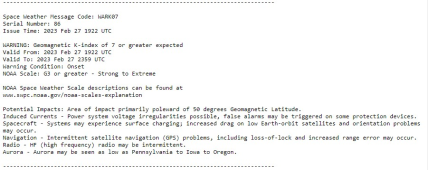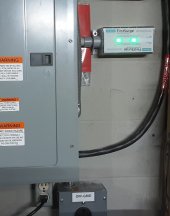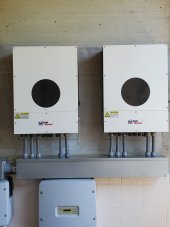Store BMS entirely disconnected from battery.
Most damage due to "events" occurs because event triggers flow of current from connected power, burning things out.
Bad BMS is worse than no BMS, as it can drain cells. With its balancing circuitry, and as a load that consumes power (more if transistors shorted.)
Any battery can only be stored in some state of charge for so long before it degrades. Typically, periodic recharging to some SoC (100% of lead-acid, maybe 30% to 50% for lithium) gives longest shelf life.
Perhaps dry FLA batteries and separate sulfuric acid, possibly mixed in glass jar but better dry and sealed, would be best for decades of storage.
I don't think any disconnected battery will be harmed by EMP, nor if connected. Electronics and (with power available) transformers are at risk.







